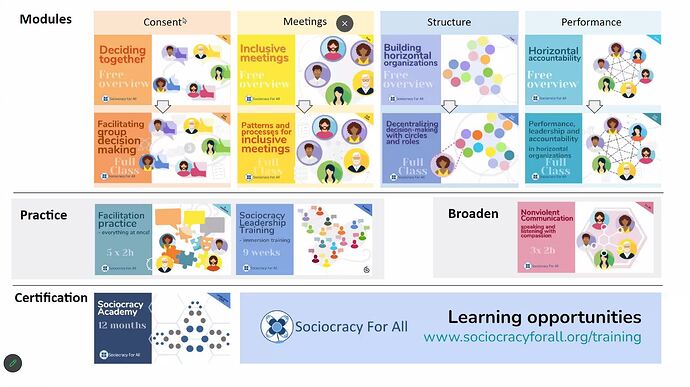We have a small team looking to define our circles for the first time. The circles and aims have come together fairly well, but we are less clear on defining domains and accountabilities for each circle. We realise that different things work for different groups, but we would like to learn from the experience of the forum members if you are willing to share.
First, we see in different places that some organisations have multiple domains, and some have a single domain statement. We rely on many of the materials provided by SoFA and others to understand domains as
Are there best practices in terms of having a general domain and then specific domains under that, or are specific domains better understood as accountabilities?
We understand accountabilities as:
We see less information about accountabilities in sociocracy resources, but consider a more granular level critical to identifying governance gaps and preventing overlap. We express them as bulleted points under each domain, which is fine if there is more than one domain, but slightly cumbersome if there is only one.
The way we have organically constructed this is to focus on multiple domains and detail accountabilities under each one. We could also develop an overall general domain, which would basically be the object of the aim.
Any experiences to share with the structure of domains and accountabilities in circles?






